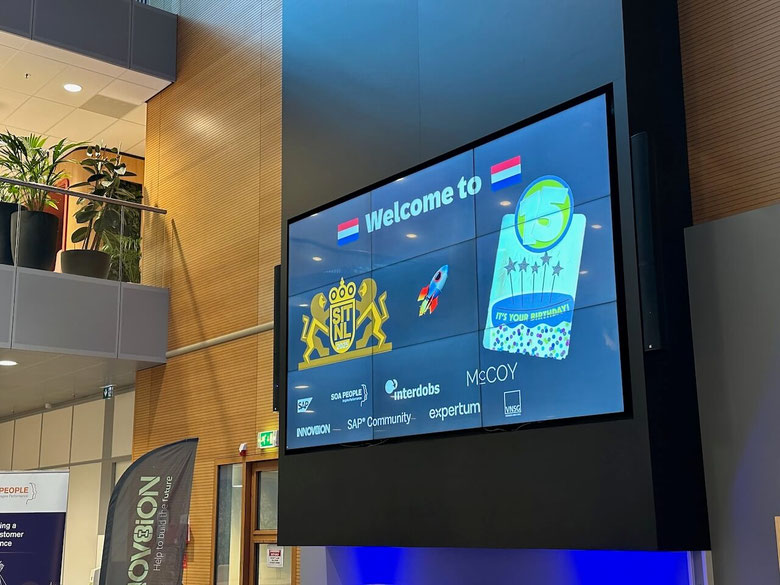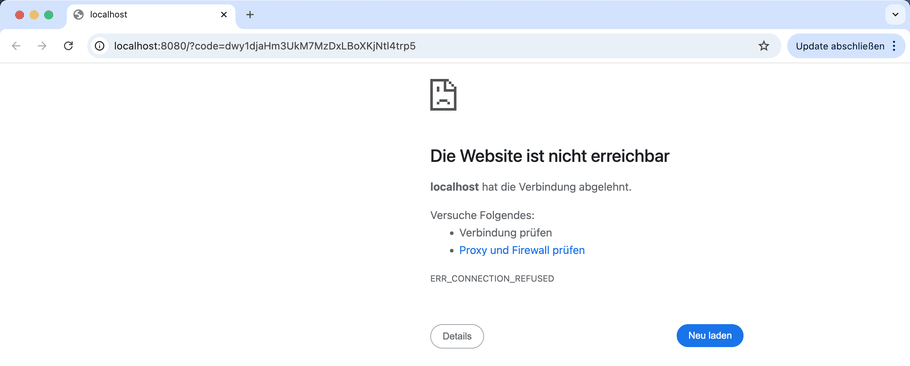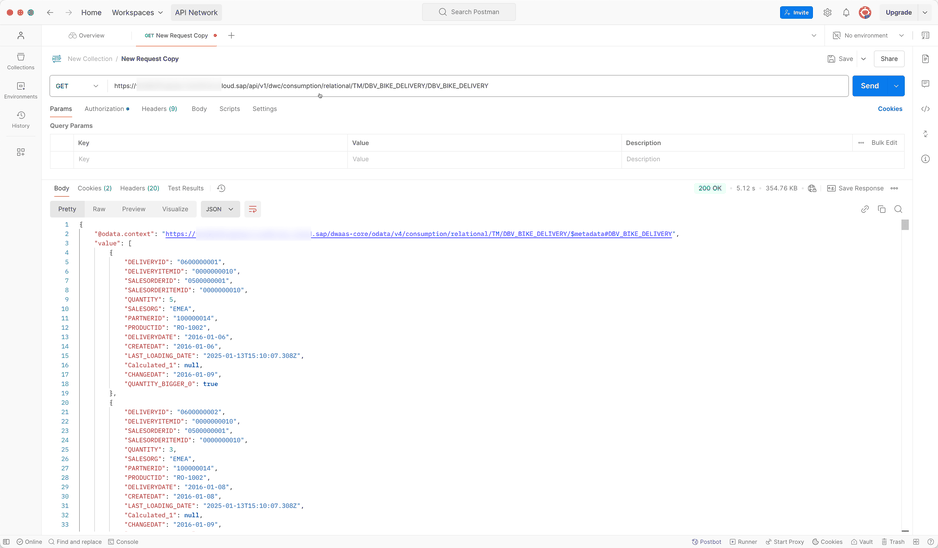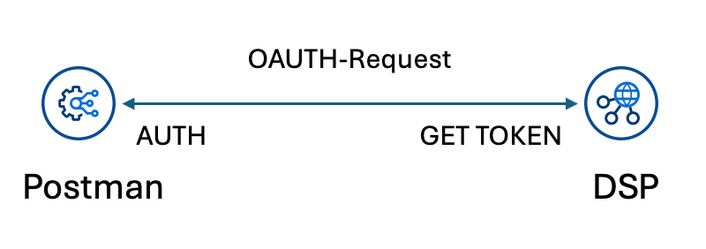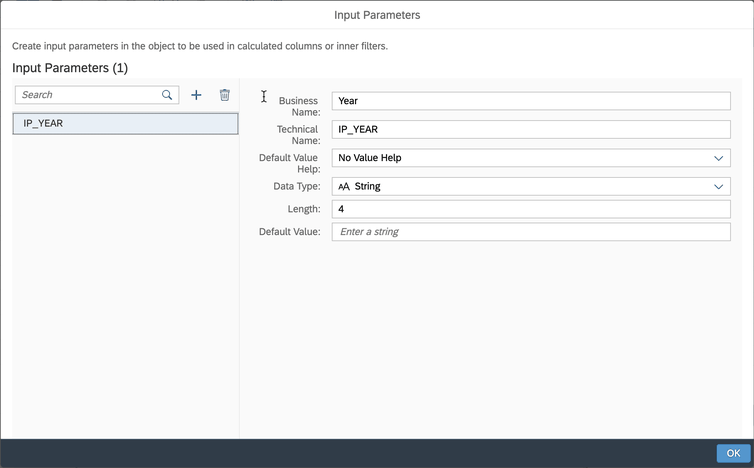cloud
cloud · 01. December 2025
Last weekend, I attended the SAP Inside Track Netherlands (sitNL) event at the Herzog Bosch Edison Community. Ronald and Tim were some of the organizers of this event, and I presented our customer project, "Road from BW 7.5 on AnyDB to Datasphere and Beyond." The 15th annual SAP Inside Track Netherlands has taken place. It was also a celebration featuring highlights from previous years.
cloud · 14. July 2025
This blog post is all about customer exit variables. In SAP Business Warehouse, including BW/4HANA and BW on HANA, every customer has several. Now, it is time to bring this concept into SAP Datasphere. Familiarity with BW logic is assumed; it will not be explained in detail here.
cloud · 27. February 2025
Yesterday I was at the DSAG TG Datasphere. DSAG is the German SAP user group. The TG Datasphere is a topic group about SAP Datasphere. Thanks Hakan for the invitation to the Porsche Campus in Zuffenhausen. It is always great to see the campus and all the nice sports cars. But back to the topic. The agenda was packed with lots of slots, including 3 speed dating project experiences. This approach was cool (for the audience, the speaker has to do the presentation 3 times ;) ) But the first...
cloud · 10. February 2025
If you come from the good old SAP Business Warehouse, you will remember the DB02 transaction. This transaction could show you all the tables in your system and how big they were. I showed an example on LinkedIn last year
cloud · 29. January 2025
Now that we know how to authenticate to the SAP Datasphere API. We can now look at my example that I posted on LinkedIn last year. The goal is to get all the views that are exposed for consumption. If you set this flag, you can consume this view with a 3rd party tool such as PowerBi. So if a view is flagged as exposed for consumption, this could be a data leakage issue if there is no Data Access Control (DAC) in place. So I also want to see if a view is exposed and if so, if it has a Data...
cloud · 22. January 2025
Now that we know how to get data from the SAP Datasphere API using Postman, I want to automate the steps using Python. In this post, I implement authentication via OAuth. I use the two existing libraries OAuth2Session and urllib.parse. To create the OAuth request we need the secret, the client ID, the authorization URL and the token URL. I stored all this information in a JSON file so I can read and process it. Where to get this information can be found in the earlier post. So we need to read...
cloud · 15. January 2025
Now that we know how to use Postman to send an API request to SAP Datasphere and receive data. We can now take a closer look at the API and what we can do with it. At api.sap.com we get different API endpoints, I want to focus on the consumption part. The API reference for the consumption part allows us to consume relational and analytical models. Let's start with the relational models and retrieve the data with Postman to see some results. The relational API endpoint can be accessed at this...
cloud · 05. January 2025
This is the first in a series of articles about the SAP Datasphere API and what you can do with it. I will start by explaining how to configure the OAuth and start with the first request using Postman. Postman is a tool for creating requests to web services. So let's dive into it. If you want to consume the SAP Datasphere API, you need to find the right endpoints. A good place to start is api.sap.com. But how can we test and see if the request is correct? If we get the right result? In this...
cloud · 10. October 2024
Dynamic source filtering is a big issue in SAP Datasphere. There are several approaches that may work for one, but not for another. The discussion started again on LinkedIn after I read a post about dynamic filtering that was set with a fixed filter. Wanda then showed us a solution he uses to filter data. But Christopher pointed out that the filter is not pushed down to the source when you use a DP agent, e.g., the ABAP connection. I had in mind that there was a blog post about how to push a...
cloud · 16. July 2024
It's just before the summer break, and I want to share an idea on how to get a dynamic prior year in an analytical model. There are several questions in the SAP community how to get such a result as it was used in SAP BW. Like this one https://community.sap.com/t5/finance-q-a/offsetting-input-parameters-in-datasphere-s-analytic-models-restricted/qaq-p/13723947 In this post, I want to share an idea on how to get such an offset in SAP Datasphere. Let's go to our fact view and add some logic that...

